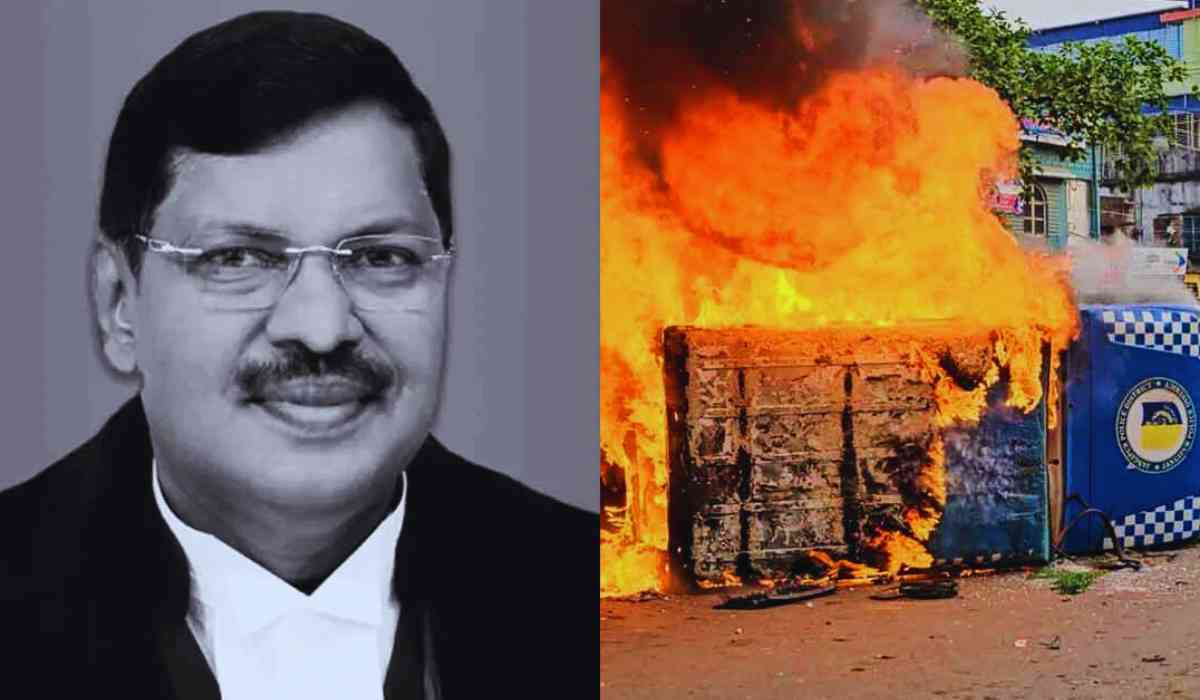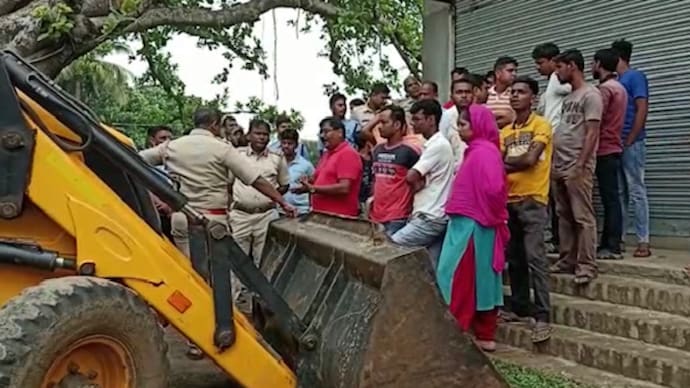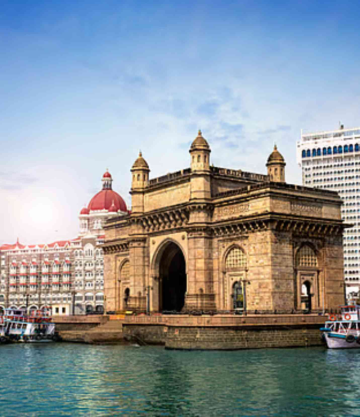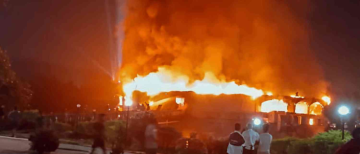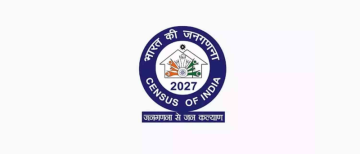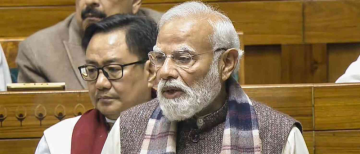In a significant moment during a court hearing, Supreme Court Justice BR Gavai—who is set to become India’s next Chief Justice—recently addressed growing criticism of the judiciary. “As it is, we are alleged of intruding on Parliamentary and Executive functions,” Justice Gavai remarked while hearing a plea related to recent violence in West Bengal’s Murshidabad district. The comments come amid heated debates about the role of courts in India’s democracy and accusations from political leaders that judges are overstepping their constitutional limits.

What Happened in Murshidabad?
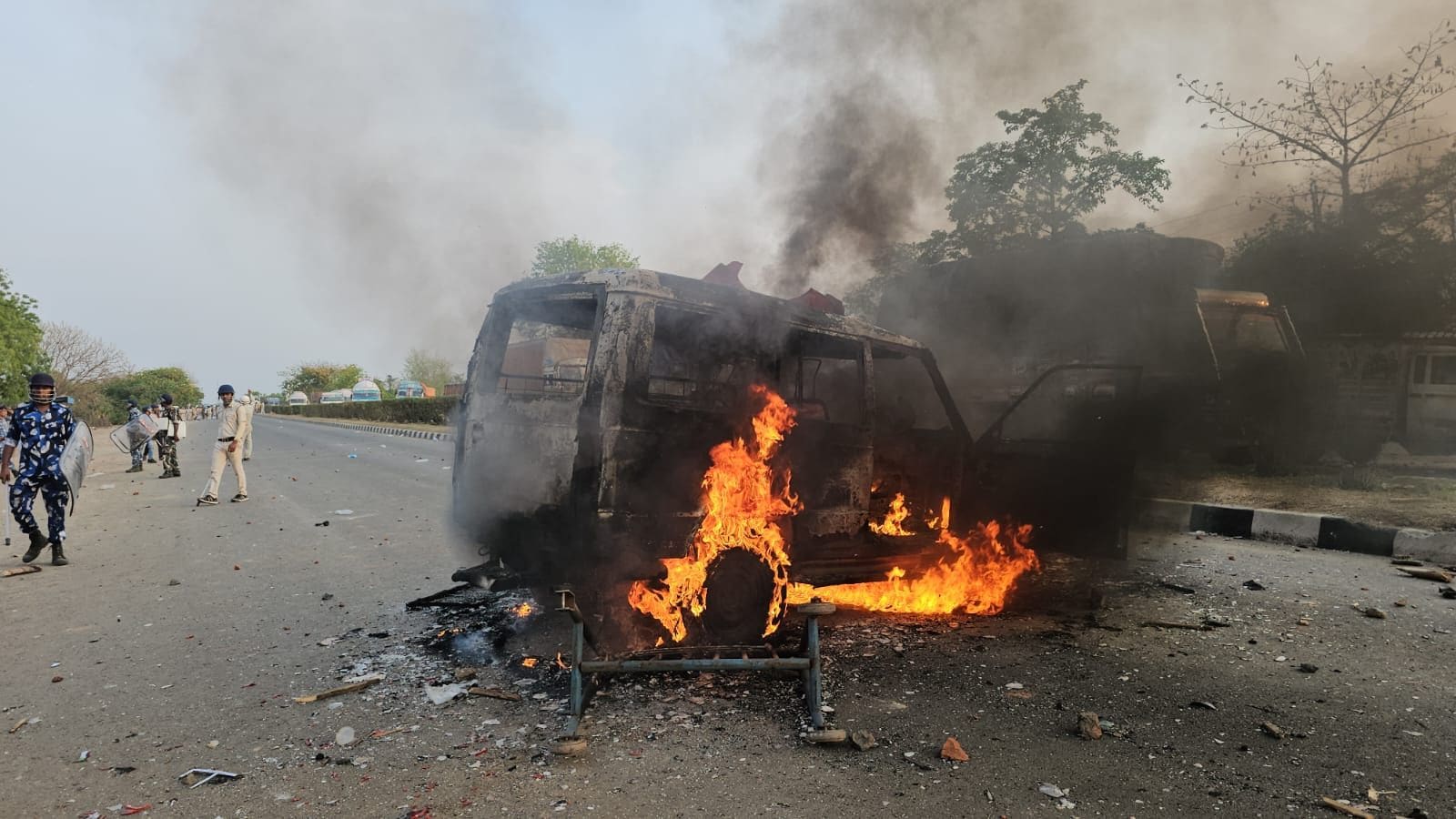
Violence erupted in parts of Murshidabad on April 11–12, 2025, during protests against the Waqf (Amendment) Act, a law that governs Muslim religious properties. At least three people died, and hundreds were displaced as clashes broke out between communities. The situation remained tense, with reports of arson and attacks on homes.
Advocate Vishnu Shankar Jain, representing petitioners, urged the Supreme Court to direct the central government to deploy paramilitary forces in West Bengal and set up a panel of retired judges to investigate the violence. He cited Article 355 of India’s Constitution, which requires the Union government to protect states against “external aggression and internal disturbance”.
Why Did Justice Gavai Make This Remark?
Justice Gavai’s statement reflects the judiciary’s growing frustration with accusations of overreach. In recent weeks, some political leaders—including BJP MP Nishikant Dubey and Vice President Jagdeep Dhankhar—have criticized the Supreme Court for decisions like setting deadlines for Governors and the President to approve laws passed by state legislatures.
For example:
-
Presidential Assault Timeline: Last week, the Supreme Court ruled that the President must decide on pending bills within three months, calling delays by Tamil Nadu’s Governor “illegal”.
-
Political Backlash: Leaders argue that such rulings interfere with the executive branch’s authority. Vice President Dhankhar even questioned whether courts can “direct the President,” while MP Dubey blamed the judiciary for “religious wars” in India.
Justice Gavai’s remark suggests the court is aware of these criticisms and cautious about being seen as overstepping its role.
What Does This Mean for India’s Democracy?
India’s Constitution divides power among three branches:
-
Legislative (Parliament/State Assemblies): Makes laws.
-
Executive (President/Governors/Council of Ministers): Implements laws.
-
Judiciary: Interprets laws and resolves disputes.
When courts step in to resolve conflicts between states and Governors, or to enforce constitutional duties, critics call it “judicial overreach.” Supporters, however, argue that courts act as a check on misuse of power. For instance, the Supreme Court’s recent deadlines aim to prevent Governors from indefinitely blocking bills passed by elected legislatures.
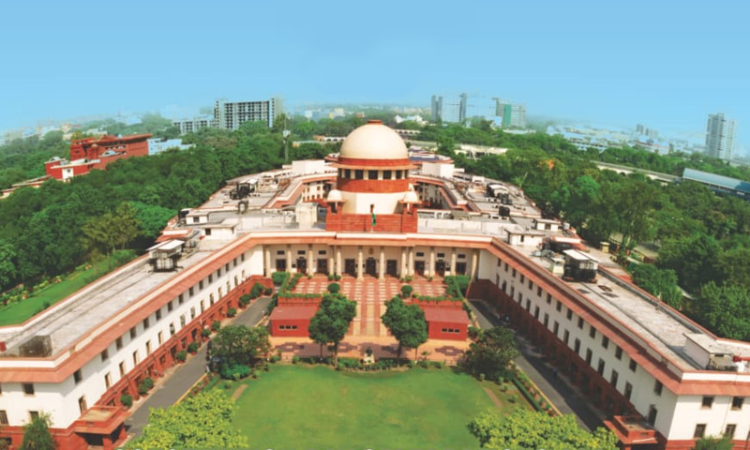
Balancing Act for the Judiciary
The Murshidabad case highlights a delicate balance:
-
Protecting Rights: Courts must ensure governments act against violence and uphold citizens’ safety.
-
Avoiding Overreach: Judges must avoid being seen as “lawmakers” or micromanaging elected officials.
Justice Gavai’s remark shows the court is treading carefully. While refusing to immediately intervene in Murshidabad, the bench allowed petitioners to submit better-documented pleas. This approach emphasizes procedural fairness while acknowledging political sensitivities.
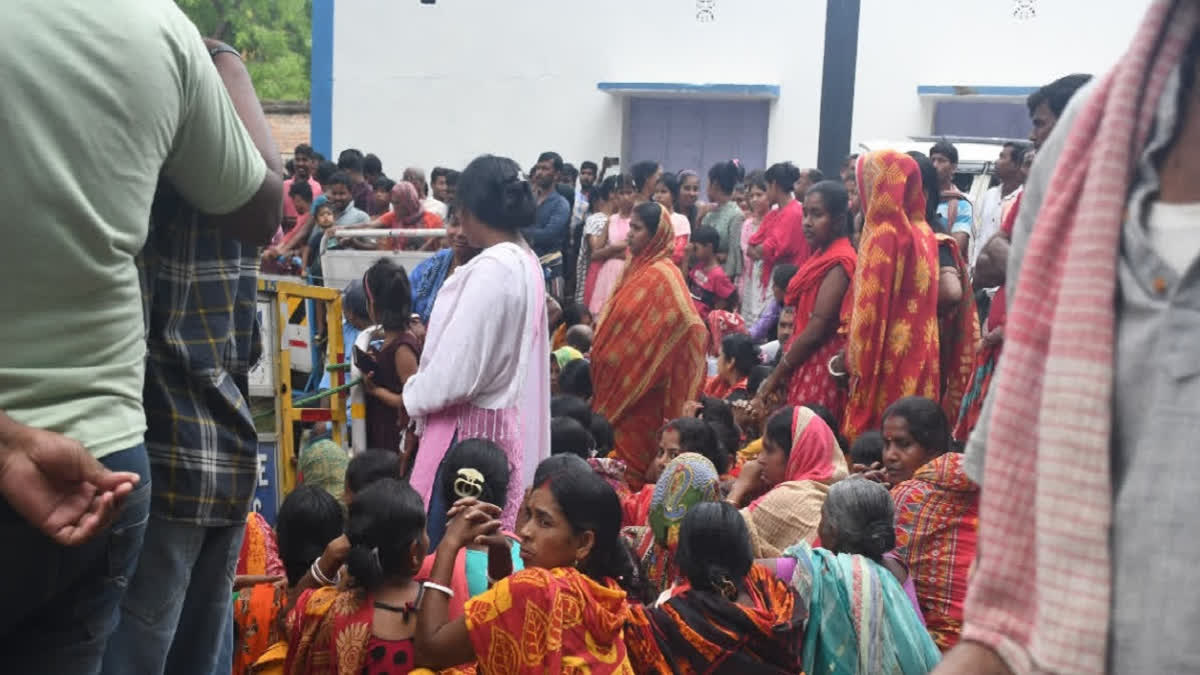
What’s Next?
The Supreme Court will continue hearing the Murshidabad case this week, focusing on whether the central government should invoke Article 355. Meanwhile, the debate over judicial independence versus overreach remains unresolved.
Key Takeaways for Young Readers:
-
Courts Have Limits: Judges interpret laws but shouldn’t replace lawmakers or governments.
-
Violence Needs Solutions: Peaceful dialogue between communities and governments is crucial.
-
Democracy Needs All Branches: Legislatures, executives, and courts must work together respectfully.
As India navigates these tensions, Justice Gavai’s words remind us that even the highest court must listen, adapt, and stay within its constitutional role—a lesson for everyone in power.
With inputs from agencies
Image Source: Multiple agencies
© Copyright 2025. All Rights Reserved Powered by Vygr Media.

